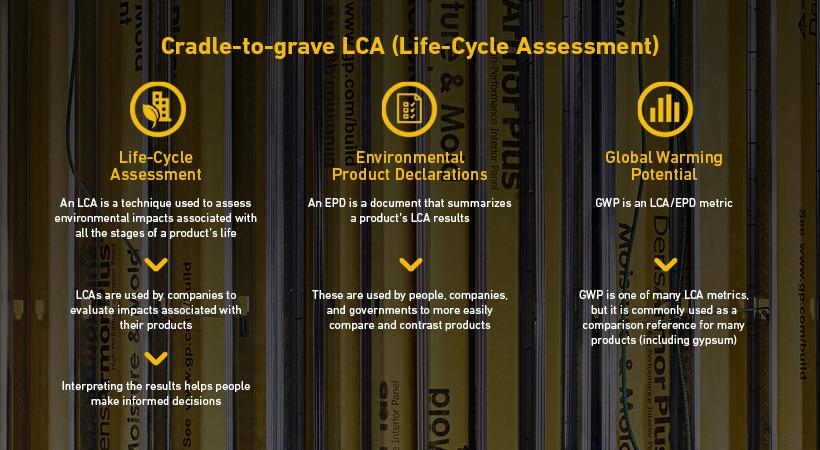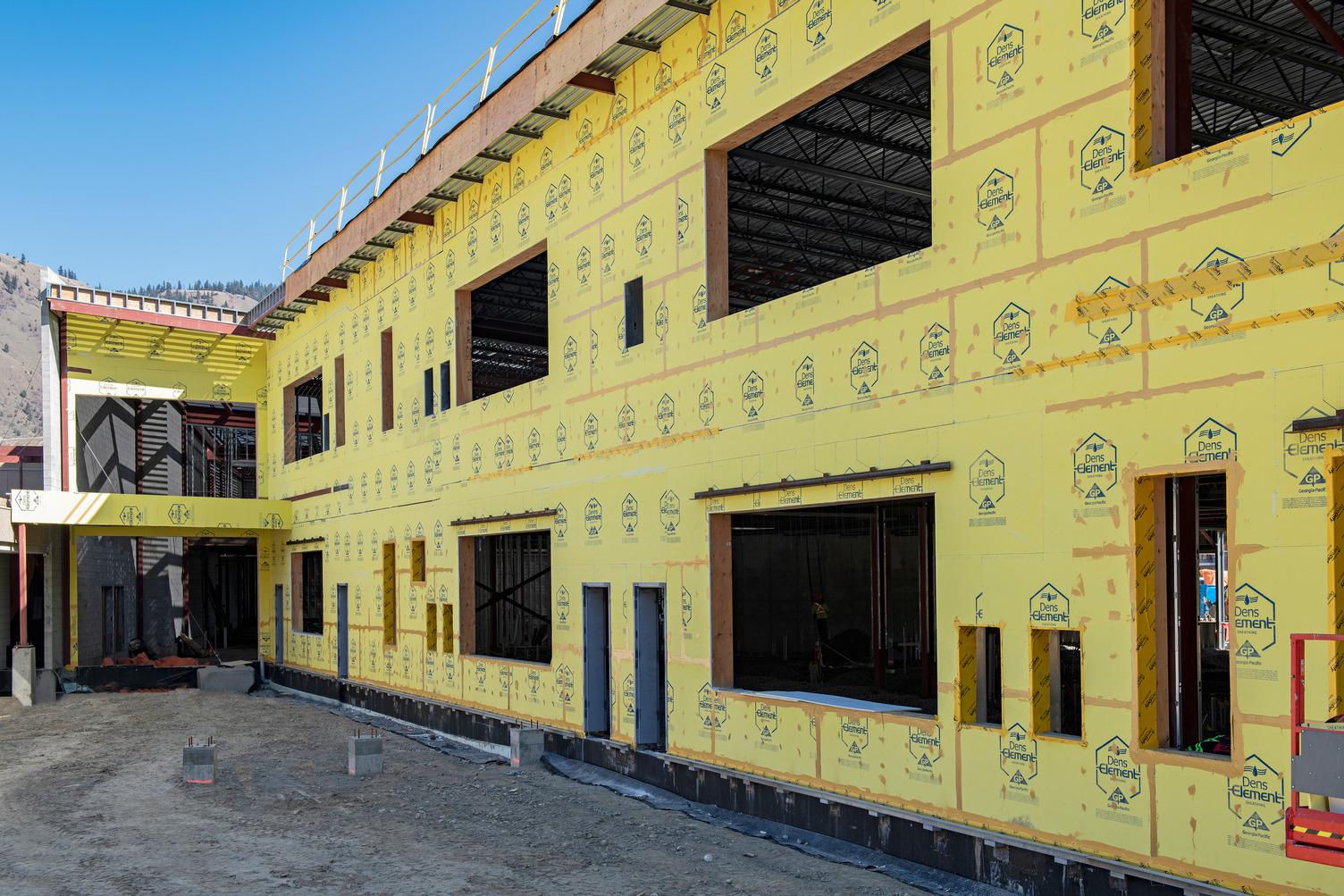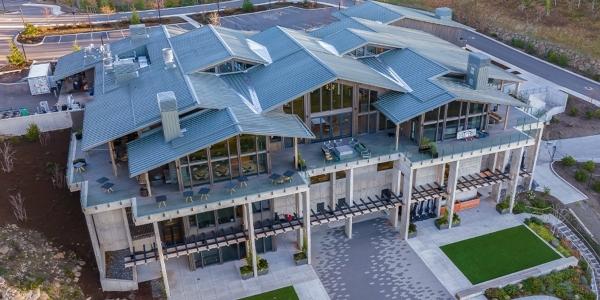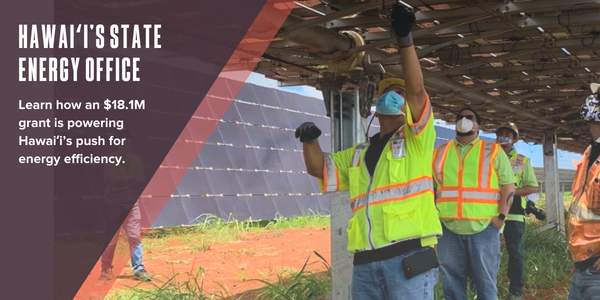The true meaning of sustainability in construction
November 16, 2024 at 12:00 p.m.By Georgia-Pacific Building Products.
Sustainability is more than a trend; it’s a commitment to the future.
The word "sustainability" is tossed around so often in the construction industry that its significance has become diluted. Yet, when you're selecting building materials from Georgia-Pacific Building Products, like the Dens® Suite of Gypsum Products, the importance of sustainability deserves more than lip service. To build responsibly, it’s essential to revisit what it truly means to design green and ensure your projects stand the test of time—both structurally and environmentally.
According to the U.S. Environmental Protection Agency (EPA), “Sustainability is based on a simple principle: Everything that we need for our survival and well-being depends, directly or indirectly, on our natural environment. To pursue sustainability is to create and maintain the conditions under which humans and nature can exist in productive harmony to support present and future generations.”
The EPA defines green building as “the practice of creating structures and using processes that are environmentally responsible and resource-efficient throughout a building’s life cycle.”
Multiple factors — including lifespan, quality, function, price and sustainability — may be considered when choosing the right building products for your project. One of the ways you might derive value from Georgia-Pacific Building Products is how they can contribute to green building rating systems.
Green building rating systems
Most building and construction sustainability practices are driven by green building rating systems. These systems provide guidance for architects, developers and other stakeholders on how to mitigate the impact on the natural environment through sustainable design. A project’s sustainability performance is usually measured using a set of indicators across several areas—such as water management, energy use, building materials and site quality. The most widely used green rating system in North America is LEED®, the Leadership in Energy and Environmental Design rating system.
 Keeping things transparent
Keeping things transparent
The Dens® Suite of Gypsum Products contributes to a building’s LEED® rating through a variety of different credits, two of which are Environmental Product Declarations (EPDs) and Health Product Declarations (HPDs). As a building product manufacturer, Georgia-Pacific conducts Life-Cycle Assessments (LCAs) for all gypsum products. LCAs evaluate the environmental impact associated with all stages of the life of a commercial product, process or service. These cradle-to-grave stages typically include raw material extraction, manufacturing, transportation, use and disposal or recycling.
We provide a summary of the LCAs’ results to customers through the creation of Environmental Product Declarations (EPDs), which are available on our website as well as the Product Transparency catalog and Embodied Carbon in Construction Calculator (EC3). Having this information can help companies achieve their green building rating, but more importantly, it creates building product transparency. EPDs also help us map and understand our environmental impact and prioritize our sustainability efforts.
Georgia-Pacific provides Health Product Declarations (HPDs) as well. HPDs are a standardized way to disclose the chemical composition of a product and hazards associated with the ingredients. To contribute to the appropriate credit of LEED® v4, companies must disclose the ingredients in their products down to 1,000 parts per million (PPM).
Externally, EPDs and HPDs give you the ability to make informed decisions based on verified data. Internally, Georgia-Pacific consistently strives to improve our operations because it is a part of our Stewardship Framework.
 The sustainability of the Dens® Suite of Gypsum Products
The sustainability of the Dens® Suite of Gypsum Products
Georgia-Pacific contributes to additional sustainability attributes beyond product transparency. By choosing the right materials and innovating products to help optimize built environments, we contribute to structures that can last longer. This helps to minimize the role our products play in the carbon cycle. The increased durability of fiberglass mat-faced gypsum products is a sustainability benefit due to the lower chance of product replacement during a building’s life. When building products are not designed with resiliency in mind, they can create the potential for increased environmental impact. This could include emissions related to transportation and manufacturing, disposal of damaged products and additional costs.
In general, gypsum panel products that are fiberglass mat-faced instead of paper-faced have improved durability, better moisture and mold resistance and can be exposed to various job site conditions for longer durations. Examples include:
- DensArmor Plus® Interior Panels, DensShield® Tile Backer and DensGlass® Shaftliner can be installed before the building envelope is wind and weather tight. This allows you to benefit from flexible, efficient scheduling with less remediation due to moisture damage during construction.
- Exterior solutions like DensDeck® Roof Boards help protect low-slope roofs from damage. This can extend a roofing system’s lifespan, as well as reduce long-term maintenance and material waste.
- DensElement® Barrier System provides an integrated water-resistive barrier and air barrier (WRB/AB). It can reduce or entirely replace subsequent installation steps such as waterproofing layers on top of the substrate. Replacing this waterproofing step reduces material waste associated with installing a secondary product, making DensElement® Barrier System a leaner form of construction. Additionally, a U.S. study by the National Institute of Standards and Technology (NIST) found that reducing air infiltration with a continuous air barrier decreased energy usage by up to 36%.
A constant evolution
Georgia-Pacific has a long history of developing products used in LEED® certified projects and other green building rating systems. Our dedicated Technical Services Team is ready to help you fulfill your LEED® requirements. EPDs are a key way to get there—and are always something for you to consult. They keep a product’s environmental impact transparent, which is helpful when you’re choosing building products.
Because sustainability is a part of our company-wide Stewardship Framework, Georgia-Pacific Building Products is constantly experimenting and innovating to responsibly create more value for our customers while consuming fewer resources.
Original article and photo source: Georgia-Pacific Building Products
Learn more about Georgia-Pacific Building Products in their Coffee Shop directory or visit DensDeck.com.























Comments
Leave a Reply
Have an account? Login to leave a comment!
Sign In